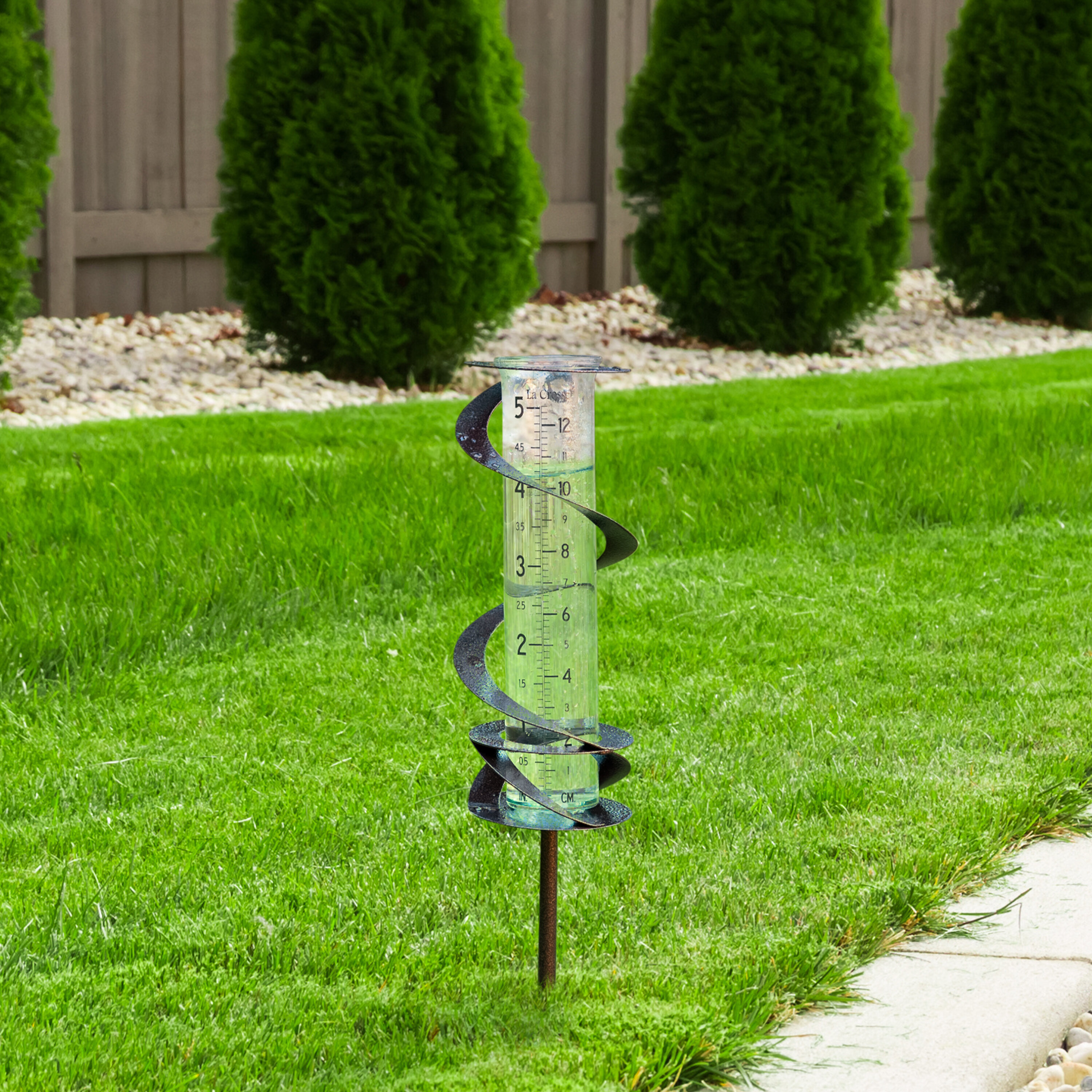The Rain Gauge: A Comprehensive Guide to Accurate Weather Condition Dimension
The Rain Gauge: A Comprehensive Guide to Accurate Weather Condition Dimension
Blog Article
Exactly How to Pick the Right Rainfall Scale for Accurate Rain Information
To obtain reputable measurements, it is crucial to choose the ideal rainfall scale. Taking into consideration aspects such as location, kind, and accuracy of the rainfall gauge will certainly assist guarantee precise information collection. Furthermore, understanding the upkeep and calibration procedures will certainly contribute to the longevity and dependability of your rain scale.
Significance of Selecting the Right Rainfall Gauge
The value of selecting the appropriate rainfall gauge depends on acquiring trusted and exact rainfall data for accurate atmospheric evaluation. Rainfall information is crucial for a vast array of applications, including climate forecasting, hydrological modeling, and climate research. Unreliable or undependable data can lead to erroneous verdicts and flawed decision-making procedures.

Second of all, the precision and precision of the rain gauge are paramount. The scale needs to have the ability to determine rains with high precision, catching even small amounts of precipitation accurately. It should also minimize errors as a result of dissipation, wind, and other environmental variables. Regular calibration and upkeep are necessary to make sure continuous accuracy.
In addition, the location and installation of the rainfall gauge are essential considerations. It ought to be put in an open area, far from blockages that can influence rainfall dimensions. The gauge should be placed at a suitable elevation and angle to prevent spilling and make sure proper catchment of rain.
Variables to Take Into Consideration When Selecting a Rain Scale
When choosing a rain gauge, there are numerous vital aspects to think about. These variables can significantly influence the accuracy and integrity of the rains data accumulated. The initial variable to think about is the kind of rainfall gauge. There are different kinds readily available, including typical rain assesses, tipping bucket rainfall gauges, and evaluating rain determines. Each kind has its own advantages and negative aspects, so it is necessary to select one that ideal matches your specific requirements and needs.
An additional element to take into consideration is the material of the rain scale. Rain determines can be constructed from numerous products, such as glass, plastic, or steel. The product picked need to be sturdy and immune to weather conditions, making certain that the rain scale will certainly withstand the elements and supply exact dimensions with time.
Precision is additionally an important variable to take into consideration. Seek rainfall evaluates that have been calibrated and examined for precision. Functions such as anti-splash rings and funnels can likewise improve the precision of the dimensions.

Last but not least, think about the climate and setting in which the rain scale will certainly be utilized. Various rain gauges are appropriate for various climates, so it is necessary to select one that is appropriate for the conditions in your location.
Different Kinds Of Rain Assesses Available
To even more check out the elements to think about when choosing a rain gauge, it is vital to understand the different types of rainfall determines available. The most usual kind is the conventional rainfall scale, likewise understood as Website the cylindrical rainfall gauge.
An additional kind of rain gauge is the tipping container rainfall gauge. This gauge utilizes a seesaw-like device to gather and determine rains. As the rainfall drops into the gauge, it fills one side of the container, causing it to clear the water and tip. The variety of suggestions is counted electronically to determine the quantity of rains. Tipping bucket rain gauges are preferred for their precision and ability to measure rains strength.
A third type of rain scale is the evaluating rain gauge. As the rain drops right into the scale, it is gathered in a container linked to an equilibrium.
Finally, there are likewise remote rainfall gauges that use advanced modern technology to measure rains (The Rain Gauge). These evaluates use sensors and transmitters to visit this website send information wirelessly to a central device. Remote rain determines are practical for keeping track of rains in hard-to-reach areas or for large information collection
Exactly How to Establish the Accuracy of a Rainfall Gauge
One method to assess the accuracy of a rain scale is by carrying out routine calibration measurements. Calibration involves comparing the readings of a rainfall gauge to a basic measurement, such as a licensed rainfall scale or a weather station with high accuracy. By comparing the measurements, any type of disparities or inaccuracies in the rain gauge can be identified and represented.
To carry out a calibration dimension, beginning by accumulating rains information from both the rain gauge and the common dimension device over a particular time duration, such as a month. Contrast the analyses and calculate the difference between them. This difference is called the calibration error.
It is essential to note that calibration measurements ought to be carried out consistently, as ecological variables, such as temperature, debris, and wind, can impact the precision of the rain gauge over time. By conducting normal calibrations, any kind of modifications in the precision of the rain scale can be detected and adjustments can be made accordingly.
In addition to calibration, it is likewise suggested to tidy and keep the rainfall scale routinely to guarantee its accuracy. Get rid of any particles or obstructions that might impact the accuracy of the dimensions, and look for any indicators of damage or wear that might call for repairs or replacement.
Tips for Keeping and Adjusting Your Rainfall Gauge
Regular upkeep and calibration are critical for guaranteeing the precision and dependability of your rainfall scale in determining rainfall information (The Rain Gauge). By following a couple of straightforward ideas, you can guarantee that your rainfall scale is correctly kept and calibrated
First of all, it is necessary to clean your rain scale frequently to stop any particles or dust from obstructing the rain collection system. Make use of a moderate cleaning agent and a soft brush to carefully cleanse the inside and outside of the scale. Wash it thoroughly with tidy water and allow it to dry completely before re-installing it.
Secondly, it is suggested to adjust your rain scale a minimum of yearly. Calibration includes contrasting the measurements of your rainfall gauge with those of a trusted and click site exact recommendation gauge. This will certainly assist you determine and correct any type of potential errors in your rainfall gauge's dimensions.
To calibrate your rainfall gauge, accumulate a recognized volume of water using a gauging container and contrast it with the dimensions recorded by your rain scale. Adjust the analyses accordingly to make certain accuracy.

Final Thought
To conclude, picking the appropriate rainfall scale is critical for getting exact rains information. Variables such as place, budget plan, and purpose ought to be considered when choosing a rainfall gauge. There are various sorts of rain determines offered, each with their very own advantages and constraints. It is very important to consistently preserve and adjust your rain scale to ensure its precision. By complying with these standards, accurate rainfall information can be acquired for various applications.
There are various types readily available, consisting of common rainfall determines, tipping bucket rainfall gauges, and weighing rain evaluates.To additionally discover the variables to think about when picking a rainfall scale, it is vital to recognize the various kinds of rain evaluates offered. The most typical type is the conventional rain gauge, also known as the round rainfall scale.One more type of rainfall scale is the tipping pail rainfall gauge. Calibration includes comparing the readings of a rain scale to a standard dimension, such as a qualified rainfall gauge or a climate station with high accuracy.
Report this page